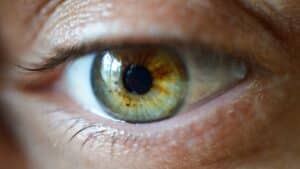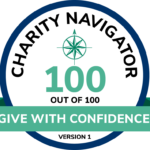The aim of this project is to fully characterise eye movement changes in ME/CFS on two consecutive days, identifying an ocular motor signature that is unique to the disorder.
Ocular motor (eye movement) assessment can be used in the diagnosis of various neurological diseases. Eye movement requires signaling across a vast, well-defined neural network that incorporates over 50% of the brain. Damage at any point across this extensive network manifests as abnormalities in eye movement. In a given disease/disorder, this manifests in a unique eye movement signature that can be measured using high powered eye-tracking technologies, allowing the quantification of even the subtlest of changes. This is especially relevant for those with ME/CFS as symptoms can often be subtle and prone to fluctuation (i.e. tending to worsen following exertion).
A defined ocular motor signature for ME/CFS would provide the first, objective, quantifiable marker for this disease that can be used to provide diagnostic certainty, provide a sensitive measure of progression or future treatment effect, and to inform the pathophysiological underpinnings of the disease.
The aim of this project, therefore, is to fully characterise eye movement changes in ME/CFS on two consecutive days, identifying an ocular motor signature that is unique to the disorder.

OMF is a non-profit 501(c)(3) organization
(EIN# 26-4712664). All donations are tax-deductible to the extent allowed by law.



Open Medicine Foundation®
29302 Laro Drive, Agoura Hills, CA 91301 USA
Phone: 650-242-8669
info@omf.ngo
Copyright © 2023 Open Medicine Foundation. All Rights Reserved.
What are the advantages of giving from your Donor Advised Fund (DAF)?
How do I make a donation through my DAF?
Just click on the DAF widget below. It is simple and convenient to find your fund among the over 900 funds in our system.
Still can’t find your fund?
Gifting of Stock
Broker: Schwab
DTC #: 0164
Account #: 47083887
Account Registered as:
Open Medicine Foundation
29302 Laro Drive
Agoura Hills, CA 91301
Please speak to your personal tax advisor and then email or call OMF at 650-242-8669 to notify us of your donation or with any questions.